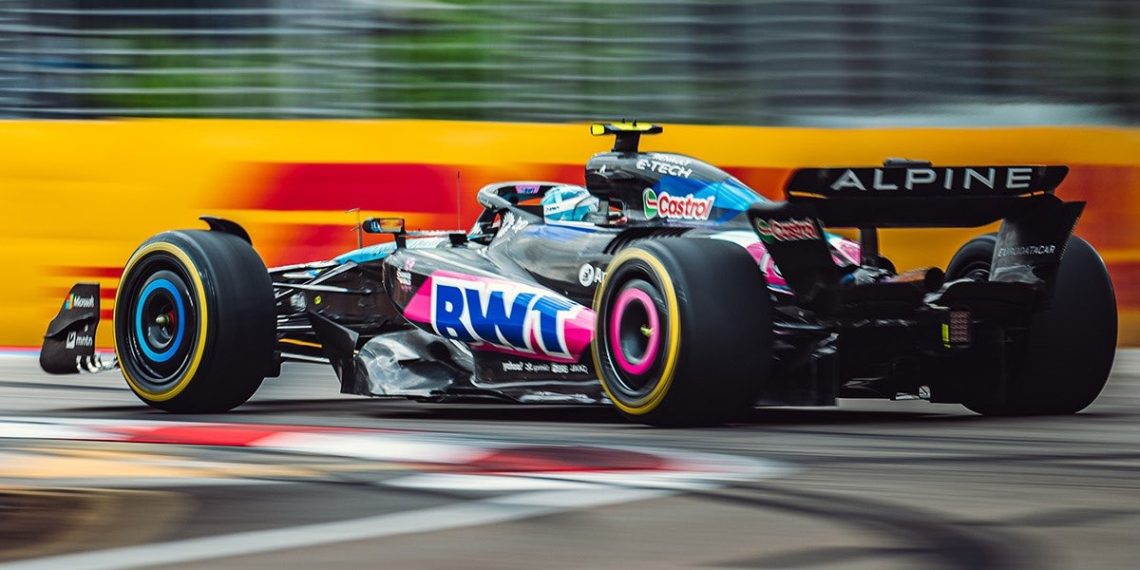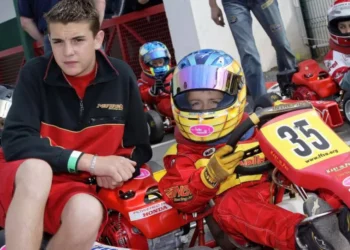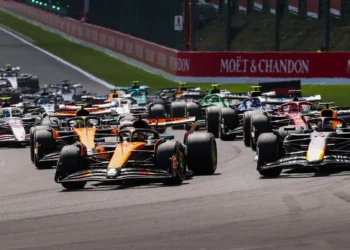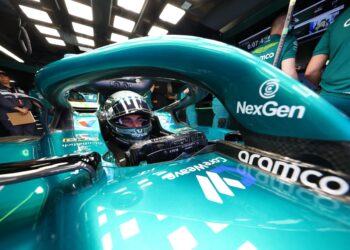Renault’s decision to halt production of Formula 1 engines at its Viry-Chatillon facility by the end of 2025 has sparked outrage among the workforce. The move, confirmed after months of internal debate, signals Renault Group’s exit from F1 engine production, with a potential customer deal with Mercedes for 2026 in the works. However, the decision has been met with fierce resistance, especially from the CSE (Social and Economic Committee) at Viry, which represents the employees who feel betrayed by the Renault leadership.
Despite protests, including one staged during the Italian Grand Prix in Monza, Renault Group CEO Luca De Meo has pushed ahead with the plan, citing financial concerns. According to the CSE’s statement, the decision disregards the expertise and dedication of the Viry staff and sacrifices the promising development of the RE26 engine, which was intended for the new F1 regulations in 2026.
“All staff representatives, representing the voice of employees and a majority of stakeholders, regret and deplore the decision to stop F1 engines in 2026,” the statement reads. The employees believe Renault has made a rushed decision without conducting a thorough study of how ending the F1 engine program could affect sales and the brand’s prestige.
Renault’s management justifies the move as a way to reduce financial risk, potentially saving $90 million per year on engine development. However, the Viry staff, responsible for developing the Renault F1 power unit, argue that solutions were ignored. The staff offered alternative partnerships that could have reduced costs while maintaining the F1 program and preserving jobs, but these were dismissed by management.
With the focus shifting towards other projects like Alpine’s Hypercar program in the FIA World Endurance Championship and expanding the Alpine road car brand, Viry employees worry about the future of the site. The CSE warns that the “lack of maturity” of these new projects and distrust in leadership could lead to the loss of critical skills. They estimate that by January 2025, staff levels at Viry will fall from 500 to just 334.
The history of the Viry site shows that conflicting decisions have often been taken, and demonstrates the importance of maintaining highly qualified skills for the future in order to leave the door open to a return to F1 when the regulations and the financial context of the shareholder make it more attractive,” said the CSE, emphasizing that Renault could be sacrificing long-term potential for short-term savings.
The announcement comes despite the Viry team’s continued development of a 2026 F1 engine, which will now go unused. “This decision against the tide causes Alpine to miss out on its sporting history,” the CSE remarked, expressing deep frustration over Renault’s pivot away from Formula 1.
The employees at Viry are calling on public authorities to intervene, as they fear for their jobs and the future of the site. With staff representatives giving a unanimously unfavorable opinion on the transformation project, the fallout from this decision could reverberate through both the motorsport and automotive sectors.
For now, Alpine’s F1 program will shift to becoming a customer team, relying on external power units as Renault exits the world of F1 engine development. As the team prepares for a new era with Mercedes engines, many at Viry are left wondering what could have been if Renault had stuck with its F1 heritage.









